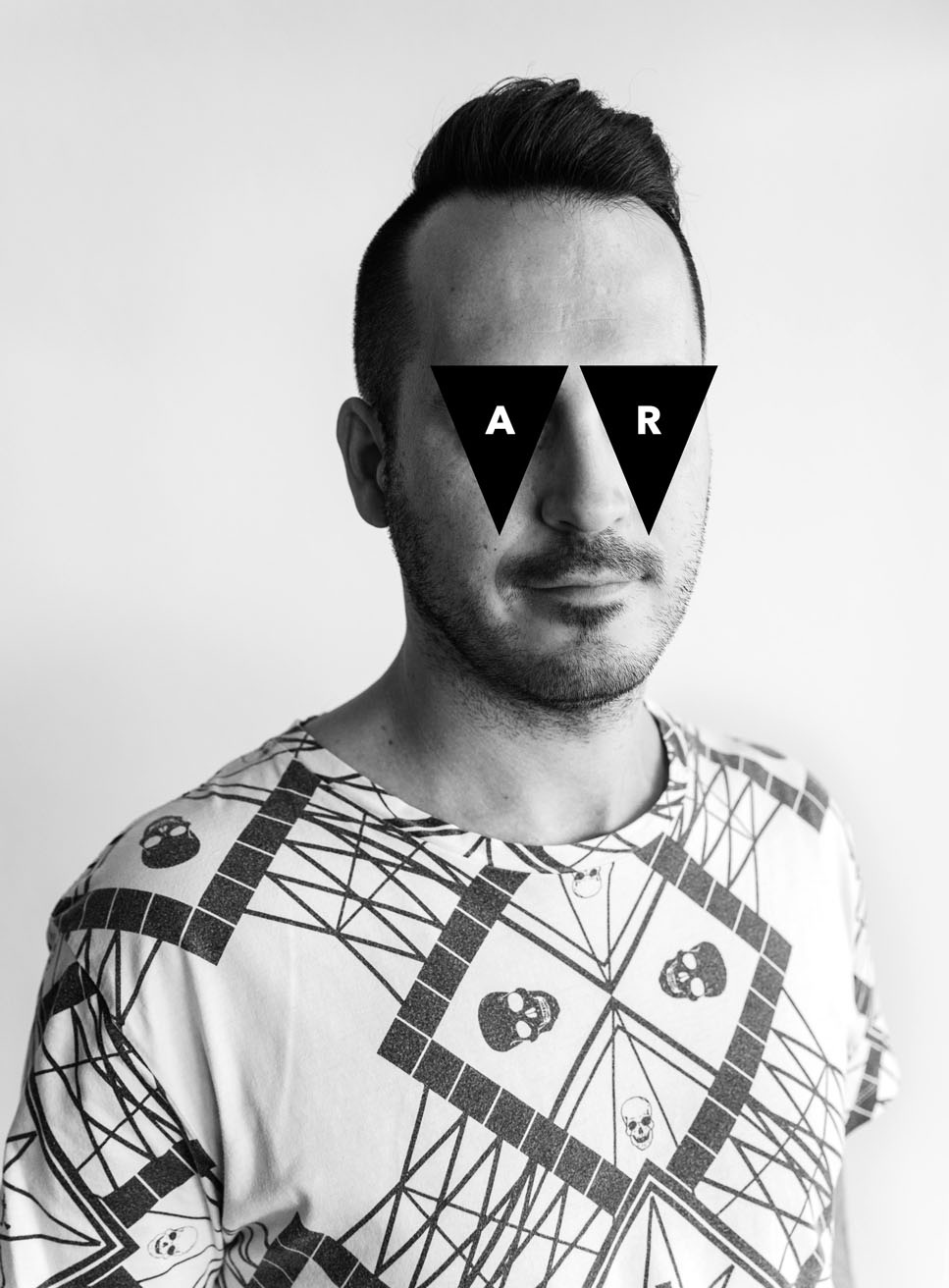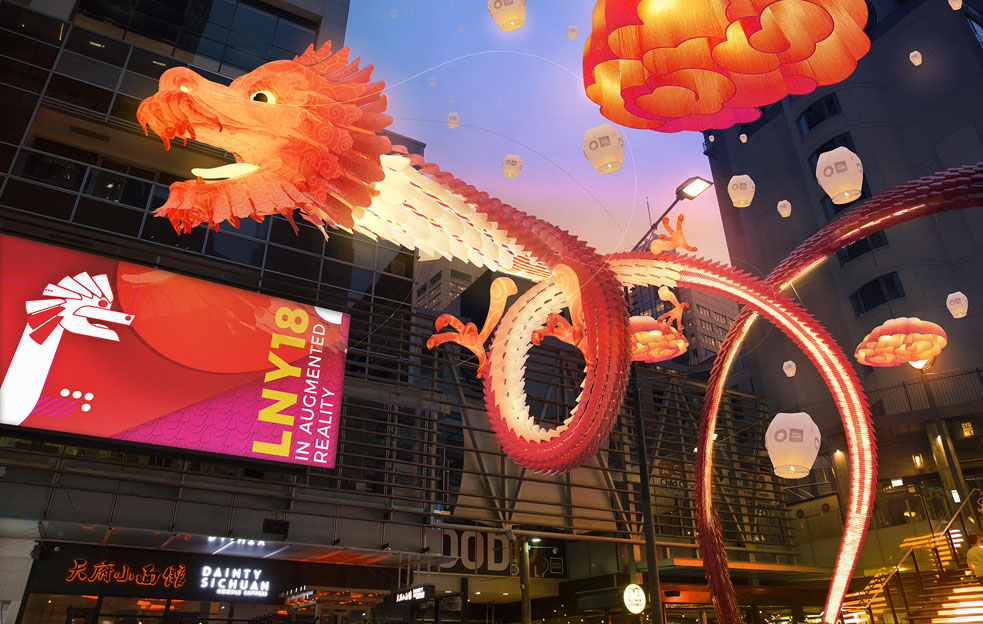Vandal Sydney’s Emile Rademeyer: Augmented reality is the future of advertising
 Emile Rademeyer believes creatives of the future will need to learn how to transform entire environments “with an augmented, digital overlay” – a task that’s obviously very different from making an ad.
Emile Rademeyer believes creatives of the future will need to learn how to transform entire environments “with an augmented, digital overlay” – a task that’s obviously very different from making an ad.
Rademeyer (pictured) is Creative Director and Digital Strategist at Vandal in Sydney, a creative studio that believes great ideas in advertising can change human behaviour. Next week, he is heading to Pattaya, Thailand to present at AdFest 2019, which runs over four days from 20th to 23rd March.
What do you hope people will learn from your session at AdFest next week?
Technology is transforming human civilisation and interaction at an unprecedented pace. Advertising is one of the biggest driving factors behind this. Augmented Reality gives us the opportunity to make the invisible visible, allowing us to engage with people in physical spaces in a manner never thought possible before.
How did advertising get here? What does the future have in store for us? I’ll present a case study that showcases the experiential power of augmented reality and how it evokes real human emotion that enhances consumer behaviour. It will also reveal the vast treasure trove of data available and how to make use of it.
You believe augmented reality is the future of advertising, but isn’t AR just one of many tools at our disposal?
For centuries, advertising has been a one-way communication medium. With the onset of digital technology we now have the opportunity to have a dialogue with advertising. The future of advertising is an interactive, digital layer, laid on top of the physical world to change and augment physical reality to a new kind of augmented reality.
If AR is the future of advertising, what skills will creatives of the future need to have?
Vandal has been leading the charge with a concept called “Digital Placemaking”. Digital Placemaking is using technology in physical spaces to redefine environments, communicate with people and enhance human emotion.

 Creatives of the future will not be limited to deploying advertising on a specific medium like a television screen, smartphone screen or magazine. They’ll be able to use any physical space as platform for a digital overlay. It’s this digital overlay that will change physical reality into a new augmented reality.
Creatives of the future will not be limited to deploying advertising on a specific medium like a television screen, smartphone screen or magazine. They’ll be able to use any physical space as platform for a digital overlay. It’s this digital overlay that will change physical reality into a new augmented reality.
When did you first become interested in AR?
I’ve always been interested in pushing any medium used in advertising into new, unexpected and exciting territories. Augmented Reality appealed to me due to the enormous opportunity to change physical reality by means of this “digital lens” one is able to perceive reality through.
You’re passionate about bridging the gap between art, advertising, digital media, content and culture. Yet most people don’t see advertising as art. How are you bringing them closer?
Sixty years ago Pop artist Andy Warhol paved the way exploring the relationship between art and advertising. Fast forward to today’s digital media landscape and our “always on” lifestyles and we’re able to explore this relationship much, much further. At Vandal we aim to use both physical and digital mediums to bridge this gap and showcase advertising as art, and art as advertising.
Are there any AR projects you’re especially proud of playing a role in?
Vandal’s AR campaign for World Square Lunar New Year 2018 is a project I’m particularly proud of. In an Australian first, Vandal with our partner Virtual Immersive delivered an AR campaign that utilised brand new technology never before implemented to this scale in Australia.
The campaign was a roaring success and has most certainly redefined the retail landscape here in Australia. It has been awarded many gold accolades and is a testament to our client’s forward-thinking attitude in embracing creative use of technology such as AR.
What’s Vandal all about – how is it different to more traditional production companies?
Our work includes beautifully crafted executions for entertainment platforms, interactive experiences, advertising, animation, visual effects, projection mapping, virtual reality, augmented reality, digital placemaking as well as niche art, design, sculpture and experiential projects.
Vandal doesn’t use technology for the sake of using technology. Our focus is on creativity: having an exceptionally strong idea and the ability to utilise technology to bring ideas to life never thought possible before. We’re media and medium independent and can utilise any physical or digital platform to bring creativity to life. This has been very appealing to our clients and has set us apart from more traditional production companies.
Are there any Australian new media artists that you have your eye on right now?
Singling artists out is always a tough one. Mixed-media artist Luke Batten’s exhibition “Consumed” was off the charts, with an incredible amount of people attending opening night. I also loved Chris Leaver’s “The Kingdom of God” for Sydney Art Month. Further abroad, my art crush is most certainly Felipe Pantone!
Favourite discovery of 2018?
Finally coming to the realisation (on their wedding day) that the actress from the TV show Suits is actually the same person that is getting married to Prince Harry. I always wondered how two people could looks so uncannily similar.
Don’t miss the best of Asia’s creative and award news. Sign up for the free Campaign Brief Asia Daily email newsletter. It takes just 30 seconds. CLICK HERE.
